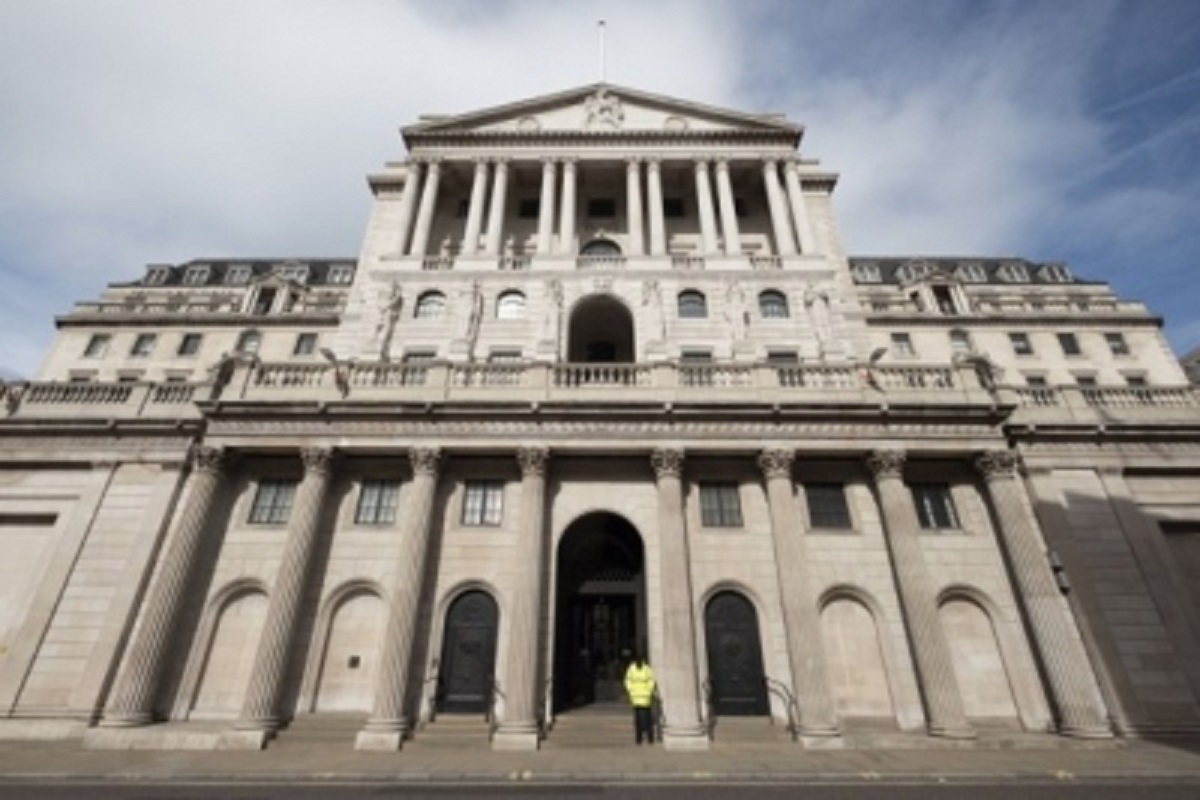Mexican President urges US to stop issuing human rights report
"It violates the sovereignty of any people, of any country, we are independent," Lopez Obrador told his daily press conference at the National Palace in Mexico City on Friday.
The global financial landscape seems poised for delicate plays this New Year with the US dollar at the centre of attention.

[Photo: IANS]
The global financial landscape seems poised for delicate plays this New Year with the US dollar at the centre of attention. The Federal Reserve’s unexpected pivot in December has cast a shadow over the once-mighty greenback, sending ripples through markets and sparking debates about the currency’s trajectory in the coming year. The dollar, which soared to a two-decade high following the Fed’s 2022 rate hikes, finds itself at a crossroads. The US central bank’s dovish turn, led by Chairman Jerome Powell’s announcement that the era of historic monetary tightening may be drawing to a close, has tilted the scales in favour of a weakened dollar.
While this might seem like a straightforward prediction, the complexity lies in the interplay between domestic economic strength and the Fed’s commitment to maintaining borrowing costs. The resilience of the US economy in the face of the pandemic and the central bank’s previous stance has fortified the dollar, leading it to a largely range-bound performance in 2023. Yet, the Fed’s signal of potential rate cuts in 2024 has introduced a new variable, with falling rates traditionally acting as a headwind for the dollar. Analysts are grappling with the uncertainty, torn between the prospect of a weaker dollar enhancing export competitiveness and multinational profits, and the cautionary tale of underestimating the US economy’s exceptionalism.
The dollar’s role in global finance magnifies the stakes, influencing everything from corporate revenues to investment strategies. Amid these uncertainties, opinions diverge on the global economic stage. Some anticipate a dollar decline against G10 currencies in 2024, with the second half of the year earmarked for the bulk of this descent. Factors such as the growth disparity between the US and its global peers and the pace of central bank adjustments are expected to be critical determinants. In the Eurozone, a deepening downturn contrasts with the European Central Bank’s resistance to rate cut expectations. The euro’s ascent against the dollar this year adds complexity to the narrative. Meanwhile, the bullish outlook for the dollar from some quarters hinges on the US economy’s purported resilience and the belief that growth slowdowns are more entrenched elsewhere.
Advertisement
As the spotlight shifts to Asia, the outlook becomes even more nuanced. Optimism regarding the growth trajectory in China and India challenges the prevailing pessimism, with potential benefits for commodity currencies like the Australian, New Zealand, and Canadian dollars. This underscores the interconnectedness of global economies and the intricate web of influences shaping currency markets. In the grand tapestry of economic dynamics, the US dollar stands at a critical juncture, influenced not only by domestic factors but also by the ebbs and flows of global growth. The International Monetary Fund’s growth forecasts for 2024 further emphasise the potential tug of war, with the US expected to grow at a slower pace than China but outperforming the Eurozone.
Advertisement